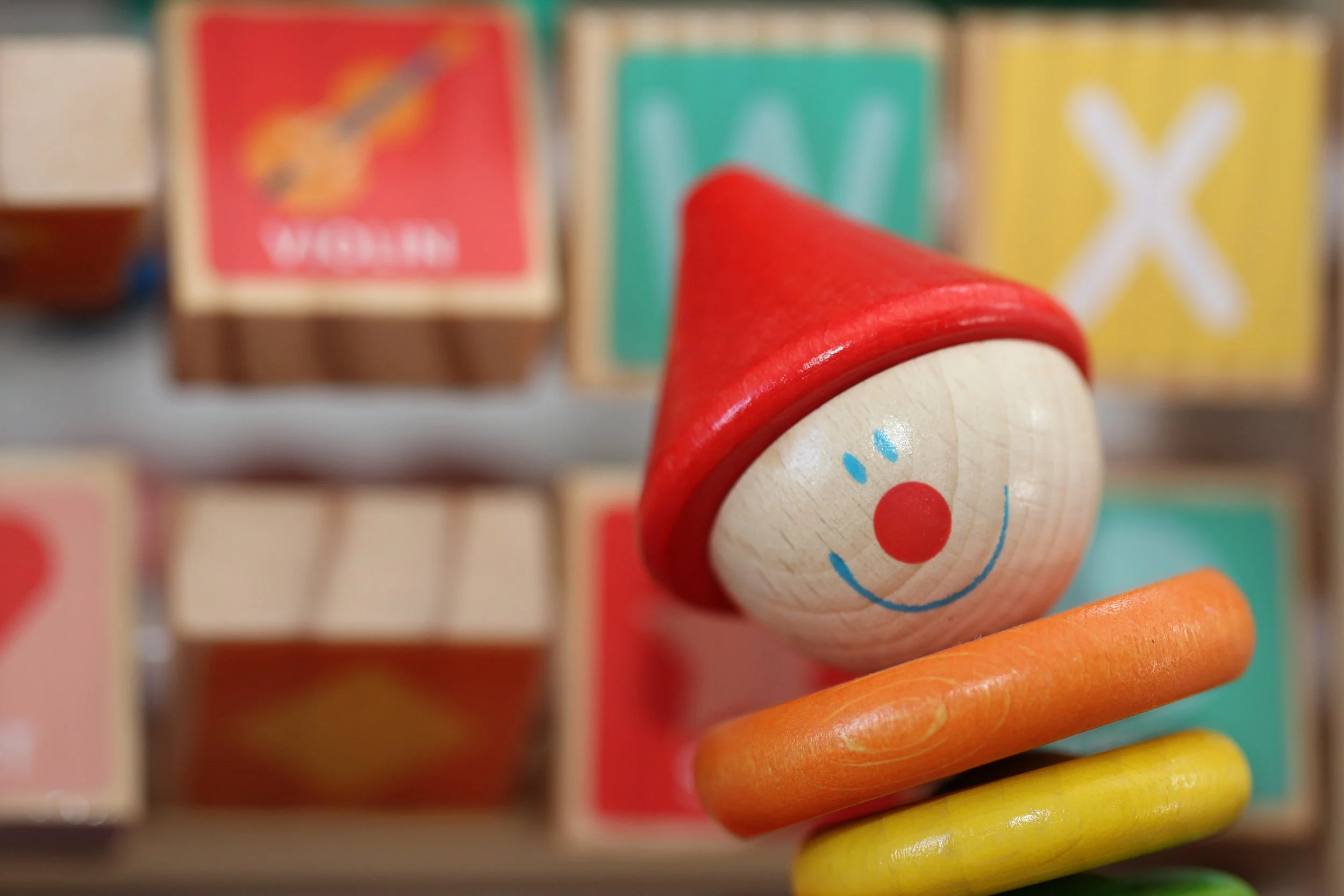Anxious? Depressed? Worried? Stressed? It happens to the best of us, at least every now and then with all of the many curve balls and unexpected things that life throws at us. Mindfulness exercises allow us to stop what we are doing, take a breath, observe thoughts, feelings, and emotions, and proceed with something that will help us in the present moment.
Read MoreTo be able to find our way back to ourselves and each other, we must understand how our emotions shape our thoughts and decisions. If we don’t do this, we become “disembodied” from our own experiences and disconnected from others. Sometimes, a barrier in understanding this is that many people struggle to be held accountable without rationalizing, blaming, or shutting down.
Read MoreBreastfeeding…if you don’t have kids, you might be freaked out by the idea of it. If you have kids, you might have tried it and had your own experience with it. Has it turned out to be more challenging for you than you initially anticipated? You’re not alone.
Read MoreDid you know that anxiety holds your deepest yearnings and that worry is driven by mood, not logic? This blog will discuss the anatomy of calm, which might turn everything you know about anxiety inside out!
Read MoreEntering the chapter of parenthood can be a scary thing, and there are so many unknowns and unexpected things that take place. The first year of life is a pivotal time, and we all want to make sure we are doing everything right for our new little bundles of joy.
Read MoreAbout two weeks into motherhood, my sister-in-law sent me this “Love Letter from Your Baby” written by Jess Urlichs. While navigating the biggest and most rewarding and exciting, yet challenging thing that’s ever happened to me, also while recovering from a C-section, at the time there was nothing that I needed to read more than this. It can be a scary and confusing time, with lots of firsts and unknowns.
Read MoreTo finish up this three-part blog series, this blog shares 5 tips that all parents should keep in mind.
Read MoreIf you read part one to this three-part blog series, you learned about what sons need from their Dads and what daughters need from their Moms. As you can imagine, both of these needs are different, and both Mom and Dad must work together to cover their bases in different ways.
Read MoreThe minute one starts thinking they are an expert at something, they close the door to new information and possibilities of knowledge that they can benefit from.
Read MoreWhen it comes to psychotherapy, trauma is a popular word. Within treatment, I often refer to trauma and the event experienced as a trauma with a little t or a capital t, depending on the gravity of the event.
Read MoreIf you read my previous blog posts, this is the final part to the three-part blog series about human growth and development. It discusses the progression from what you need to know about growth and development, the evolution of children’s growth, and the final years of childhood as one slowly approaches adolescence where much of their personality and traits have already developed and are set in stone.
Read MoreYou might find yourself asking why is all of this information important? Well, in learning more about the developmental phase from infancy to toddlerhood, you will start to see and understand how things that took place within your earliest developmental phase and how they have affected your personality and ways of looking at life.
Read MoreThe developmental phase from infancy to toddlerhood is described as a pivotal growth period of drastic change in the beginning of a human’s life.
Read MoreWe can all agree – arguing stinks. Although marriage can be one of the most wonderful and rewarding parts of life, it can also be challenging and it’s something that has to be constantly worked on. All close and intimate relationships experience conflict sometimes. It can be healthy and productive as long as we go about it in the right ways.
Read MoreOften many people are intimidated by meditation and think that they “can’t do it.” My hope with this blog is to provide you with an approachable and easy way to do a body scan meditation, with the main goal of relieving stress and tension. It can be difficult to self-facilitate this exercise, so there is an audio version of this blog that you can listen to at home!
Read MoreAre you looking to identify and change some of the self-sabotaging beliefs and behaviors that inhibit you from getting what you want? If so, Jen Sincero’s number-one New York Times Best Seller You Are a Badass would be a great place for you to start. This blog will share important lessons, reflections, and takeaways from this book.
Read MoreIf you read my previous blog post, you were introduced to some of the self-sabotaging beliefs and behaviors that inhibit you from getting what you want. Here is part two of this series that continues to share encouragement and reasons why you deserve to live a life full of meaning that you desire.
Read MoreIf you read my last blog post, which was part one of this two-part blog series, you learned many things that you would be able to observe from the body language of others. It discussed studying the eyes, facial movements, and proximity of body positioning. Part two includes information about mirroring, head movements, feet and hand signals, and more!
Read MoreIf you are out with friends, or at the office, the body language of the people around you holds a wealth of information and can speak volumes. In fact, body language constitutes for “more than 60% of what we communicate, so learning to read the nonverbal cues people send is a valuable skill.”
Read MoreThere is nothing in life that is more constant than change. With change, moving often comes into play. Moving – it’s something we all dread, yet it persists throughout our lifespan. In order to change, we have to grow, and our environments tend to grow with us.
Read More



















